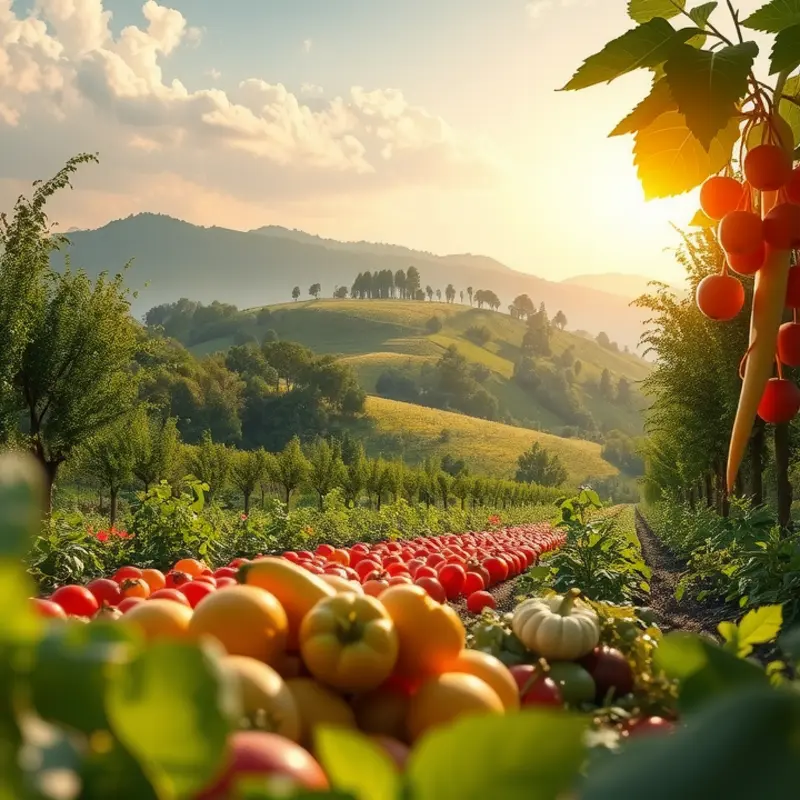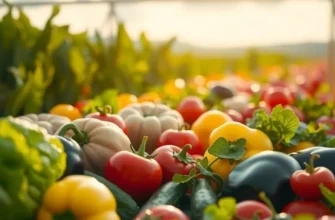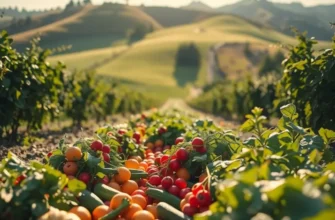Every home cook believes in the magic of a delicious gravy, yet achieving that perfect consistency can be tricky. This guide offers straightforward techniques to transform your gravies from thin sauces to rich, mouthwatering accompaniments. Whether you’re a novice or seasoned pro, these simple solutions will enhance your culinary skills and elevate your dishes. Get ready to impress your family and friends with gravies that are not only luscious but also full of flavor!
Classic Thickening Agents

Mastering the art of thickening gravy can transform a meal from simple to sumptuous. Two traditional thickening agents – flour and cornstarch – remain staples in kitchens everywhere, thanks to their availability and effectiveness.
Differences Between Flour and Cornstarch
Flour and cornstarch both add body to gravy, but each comes with distinct characteristics. Flour, with its rich and hearty finish, integrates seamlessly into traditional gravies, making it a loyal companion to roasted meats. Cornstarch, on the other hand, is known for its ability to create a glossy finish, ideal for lighter, clear sauces. One key difference lies in their thickening power: cornstarch is generally more potent, requiring only half the amount of flour to achieve similar results.
Using Flour as a Thickening Agent
To use flour effectively, start by creating a roux—an equal part mixture of flour and fat. Melt butter in a pan over medium heat. Gradually whisk in all-purpose flour, cooking for about 2-3 minutes until the mixture turns golden and emits a nutty aroma. This pre-cooking step is crucial to eliminate any raw flour taste. Once your roux is ready, gradually whisk in pre-heated broth or cooking juices, stirring constantly to avoid lumps. Continue to cook and stir until the gravy reaches your desired thickness.
Cleaning Up Lumps
If you’re faced with pesky lumps, strain the gravy through a fine mesh sieve and return it to the heat, continuing to whisk. Another trick is using an immersion blender directly in the pan to break them up.
Using Cornstarch for a Silky Gravy
Cornstarch requires a different approach. Start by creating a slurry: whisk 1 tablespoon of cornstarch with two tablespoons of cold water or broth. This step is essential to prevent clumping. Bring your gravy base to a simmer and slowly add the slurry, stirring continuously. It’s important that the mixture is well-dispersed before it hits the heat to avoid lumps. As the mixture heats, it will thicken quickly, often within a few minutes.
Mind Your Ratios and Timing
Whether opting for flour or cornstarch, keep the amount of fat, liquid, and thickening agent balanced. Too much fat and you’ll have a greasy texture; too little liquid and the sauce will become gluey. For a visual cue, the perfect gravy should coat the back of a spoon without leaving a thick residue.
Enhancing your sauce doesn’t have to be difficult. Remember, practice makes perfect, and as you understand these traditional methods, feel free to experiment. For those interested in exploring more creative sauce options, you might find some interesting tips in this guide to easy sauce simmering. Much like other kitchen pursuits, mastering gravy thickening combines art and science, supported by a little patience and practice.
Alternative Thickening Techniques

When it comes to thickening gravy, there are countless ways to add body and depth. Traditional roux might be the go-to for many, but alternative methods can provide unique flavors and textures. Let’s explore a few creative thickening options that will elevate your gravy experience.
Pureed Vegetables: Using pureed vegetables is a natural and healthy way to thicken gravy while adding nutritional value. Carrots, squash, or even sweet potatoes can be boiled and blended into a smooth puree before being incorporated. This method not only thickens but also imparts a subtle sweetness and richness. The key is to blend until absolutely smooth to prevent unwanted chunks. Pureed vegetables are excellent for gravies complementing roasted meats or vegetarian dishes.
Instant Mashed Potatoes: Instant mashed potatoes can transform your gravy in an instant. They dissolve quickly, offering a creamy texture that binds well with existing flavors. This method is especially useful if you desire a hearty, comfort-food vibe. However, use it sparingly as it can quickly overpower the gravy’s flavor. A teaspoon at a time should be sufficient to achieve the desired thickness without compromising the delicate balance of seasonings.
Gelatin: For those striving for a glossy finish, try using gelatin. Unflavored gelatin thickens gravies effectively without altering the flavor profile significantly. It is particularly useful for enhancing gravies derived from dripping meats, where a silky texture is desired. To use, dissolve one teaspoon in warm water, then stir into your simmering gravy. This technique results in a luxurious mouthfeel, especially suited for elegant dinners.
Arrowroot Powder: Arrowroot is similar to cornstarch but offers a few advantages. It thickens at lower temperatures and the result is a glossy, clear finish, ideal for transparent sauces and gravies. Arrowroot is also gluten-free, making it a suitable option for those with dietary restrictions. Mix one tablespoon with cold water before adding it to the gravy to avoid clumps. It’s excellent for brightening flavors as it doesn’t dull them like flour might.
Many of these methods can be adapted to fit different diets, adding both texture and flavor without relying on traditional thickeners. Visit this guide on sustainable and eco-friendly kitchen storage to ensure you’re storing these ingredients in the most efficient way possible.
Integrating these alternatives into your cooking repertoire will not only diversify your culinary skills but also allow you to tailor each dish to different occasions or dietary needs. Understanding how each element affects the taste and texture ensures your gravy not only looks good but tastes amazing. Experimenting with these techniques will unlock new possibilities, making each gravy concoction uniquely yours.
Final words
Mastering the art of thickening gravy opens up a world of culinary possibilities. Whether you choose classic methods with flour and cornstarch or experiment with creative alternatives, the ultimate goal is to achieve a rich, satisfying consistency. Remember, practice makes perfect! Each time you prepare gravy, try out different techniques and flavors until you find your signature style. Your cooking skills will grow with each attempt, and soon, your gravies will be a highlight of every meal.







